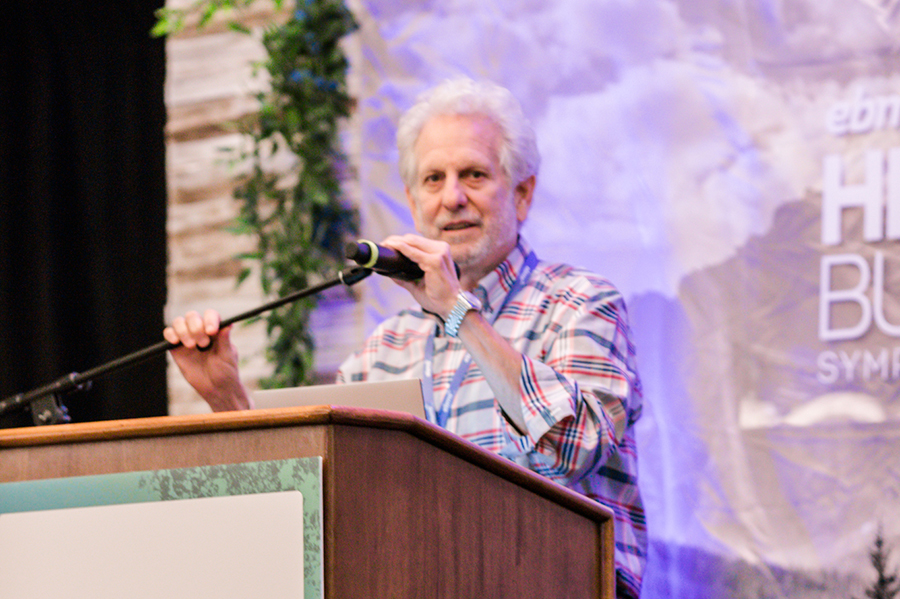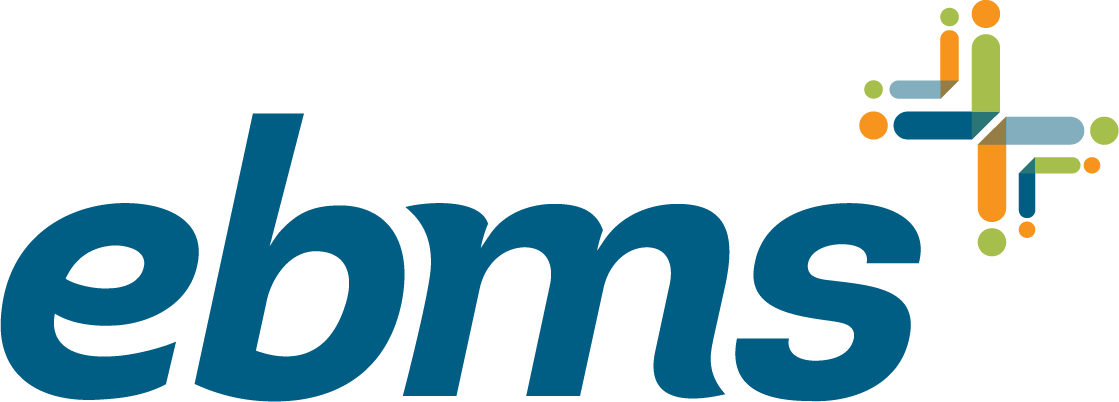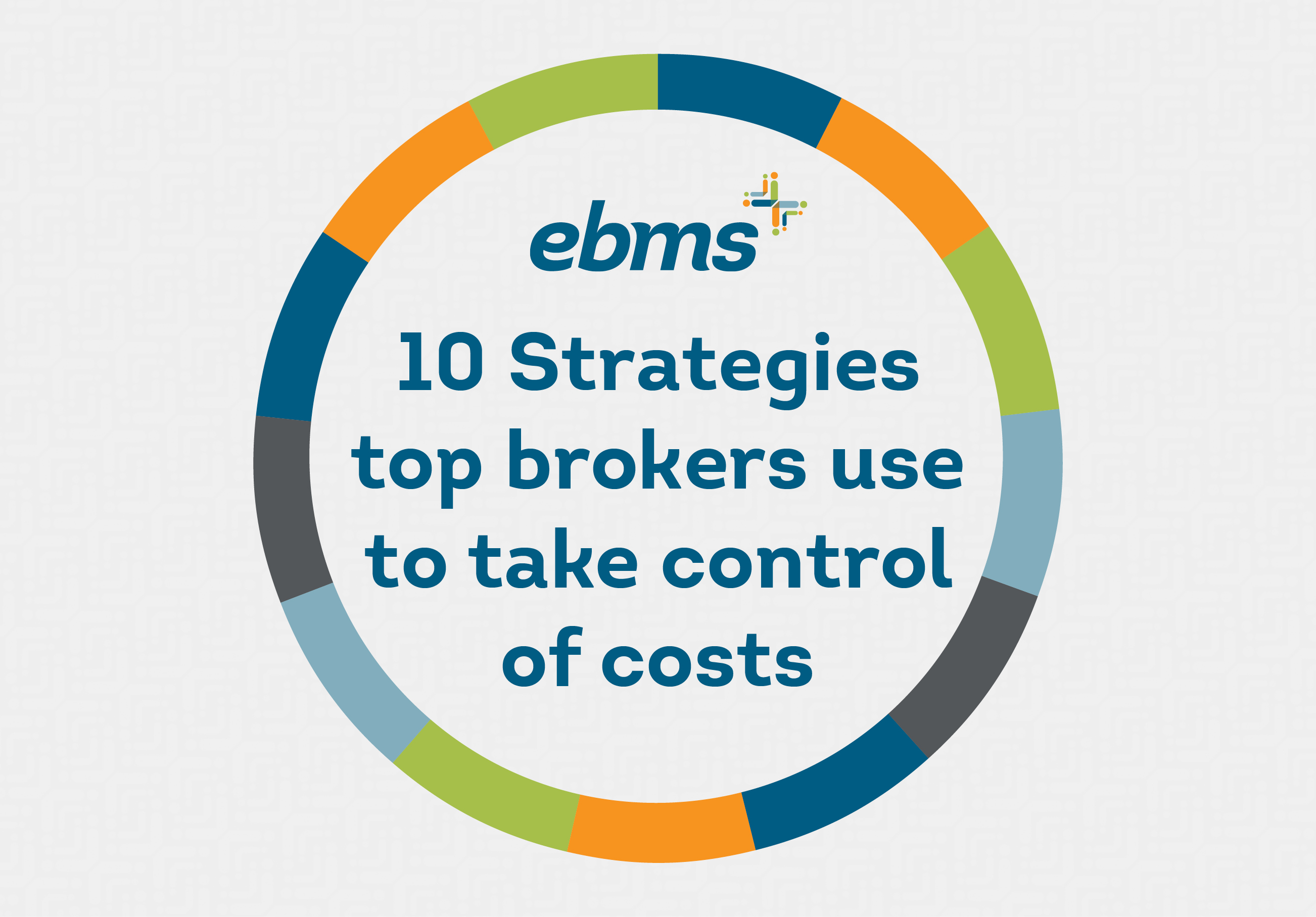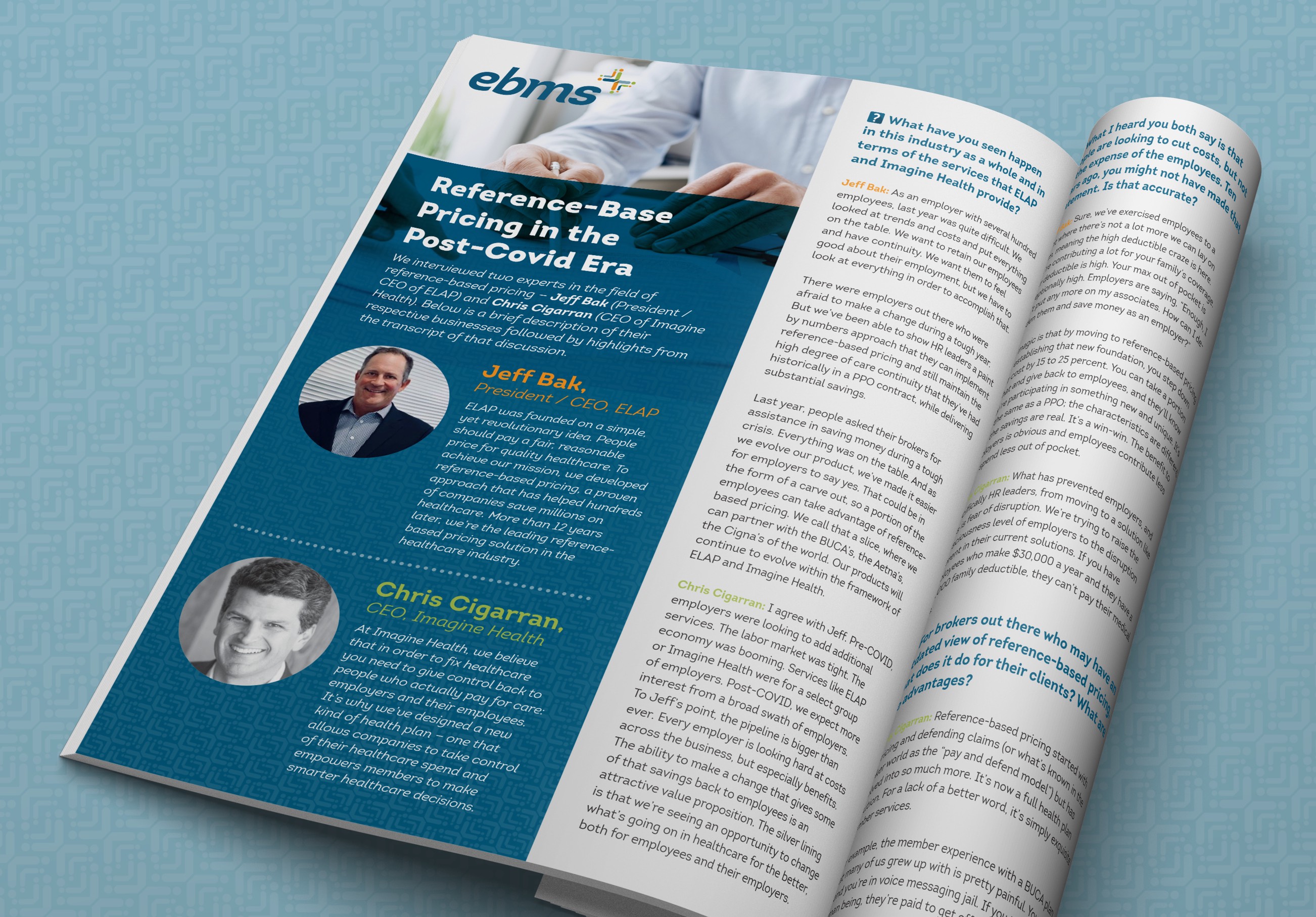Use of Geography in Business: Creepy & Cool
August 6th, 2019

Presented by Dr. Bill Lazarus, CEO of Seer Analytics
This fascinating talk focused on the use of an advanced data analytics application: using real-time geographic data, transmitted by a mobile device, for marketing purposes. It’s known as geo-marketing.
Bill started out with a reminder that geography has always been important to businesses, in terms of being conveniently located for customers, shipping purposes, etc. Now, however, the rise of e-commerce means people don’t necessarily have to leave home to access goods and services. Think about Amazon Prime, and the huge impact it has had on local retailers.
Even in healthcare, the rapidly expanding area of telehealth is having an impact on how services are delivered. Consumers can now schedule routine follow-up appointments as a virtual visit, and can even use telehealth applications to access after-hours care. Patients in rural areas and those without a reliable means of transportation can now more easily overcome geographical barriers.
Location-based marketing tools are hot right now. For example, retailers can push coupons to consumers as they arrive at a mall. However, as Bill pointed out, the fact that consumers’ movements are being tracked is “intrinsically creepy.” He stressed that, at some point, geospatial marketing becomes geo-stalking.
Businesses can use geospatial tools to enhance their marketing efforts in a respectful manner. They can use these technologies to define a target market, build a digital or direct mail campaign, and create marketing messages based on demographic and behavioral insights. And they can do all this without violating anyone’s privacy.
Geospatial tools can be helpful for customer segmentation, which is the process of dividing customers into groups based on common characteristics. This allows a business to market to each group effectively and appropriately.
Bill talked about the powerful ways in which the healthcare industry can use geospatial data in a HIPAA-compliant fashion. This might be useful for an analysis of population health, for example. Or for determining the optimal location of a clinic that could improve access for underserved patients. These types of analyses can be done by de-identifying actual people, to protect their privacy.




